Category: Articles
April 23, 2020
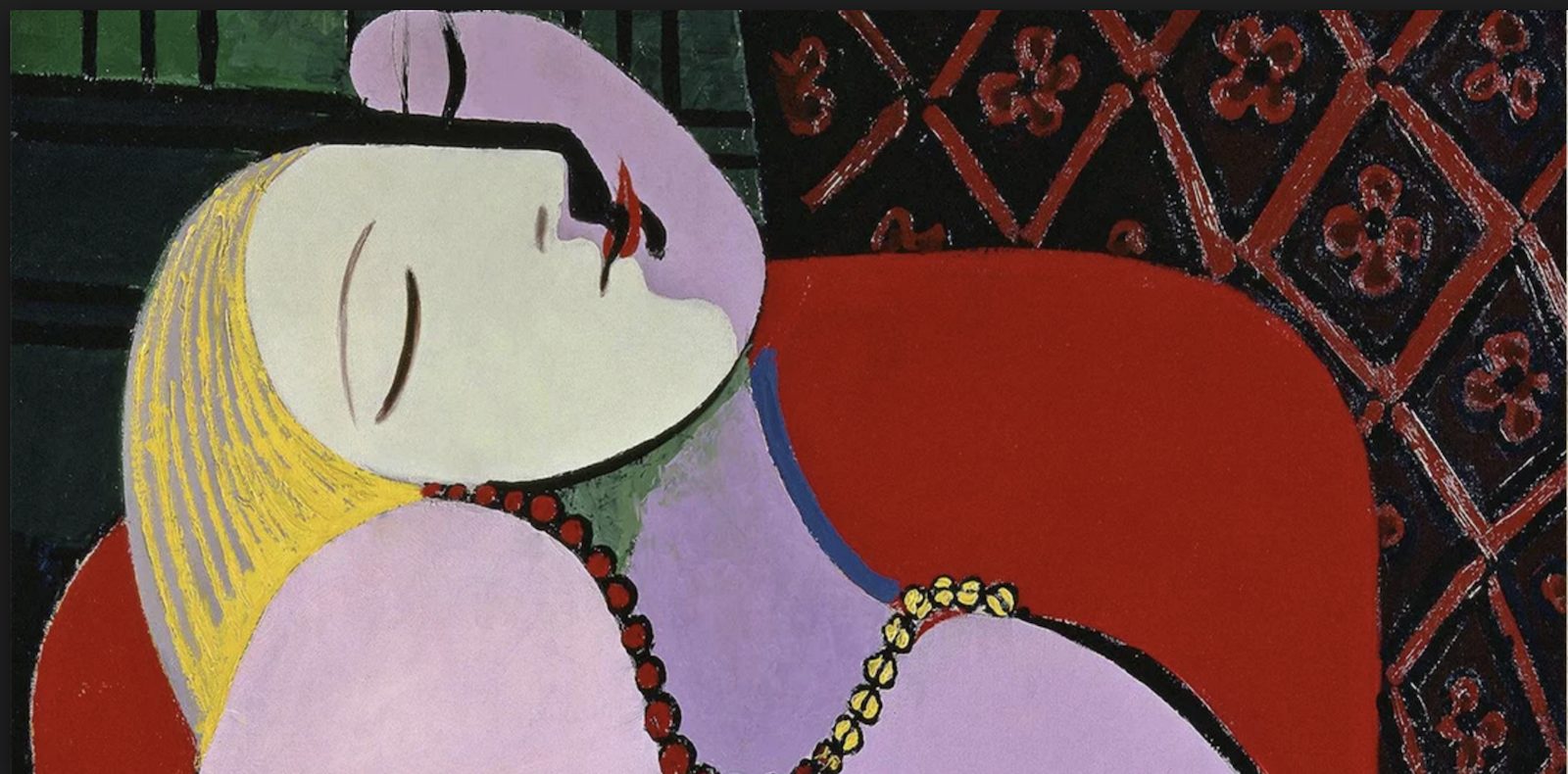

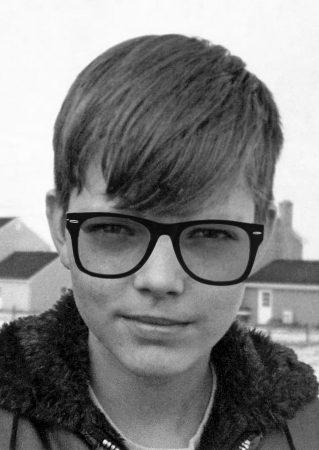
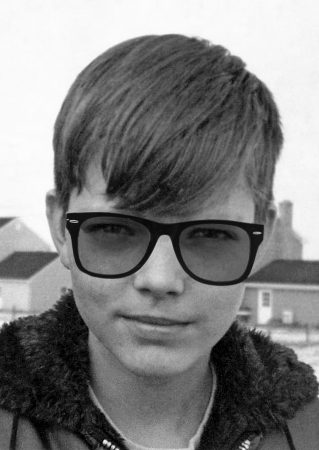

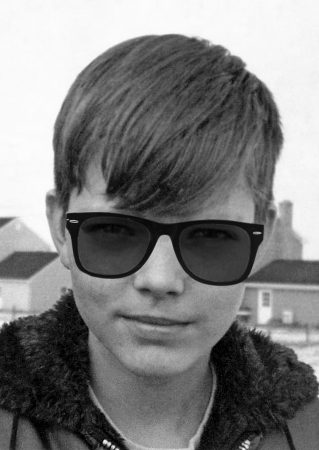

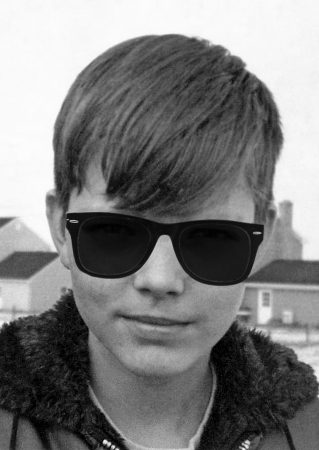
March 17, 2019
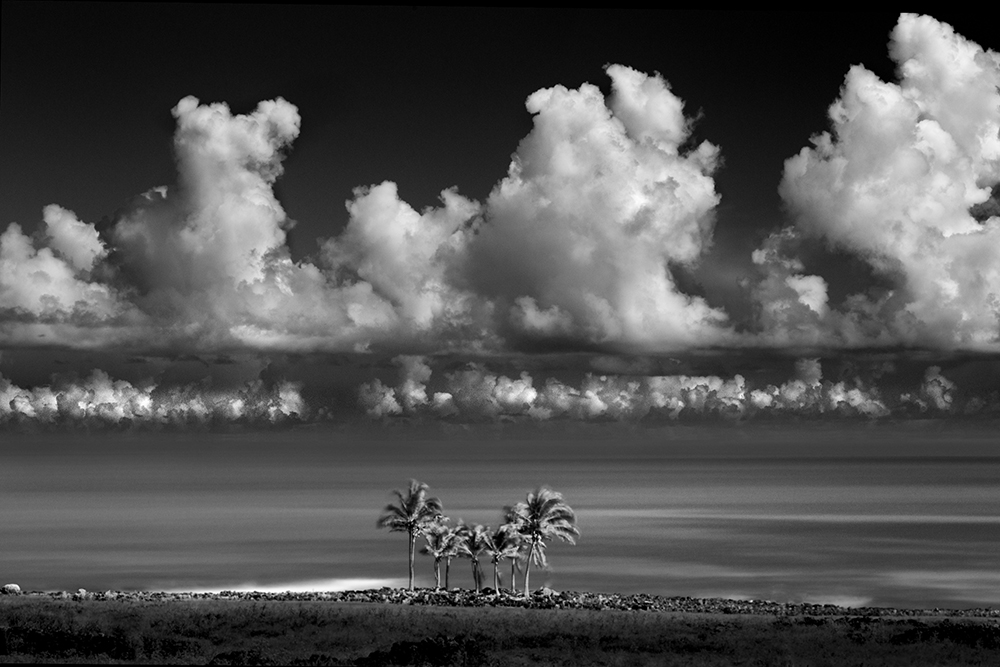

Palms, Rapa Nui
A photographer friend, George Digalakis, asked me to write this article for his blog: Inspirational Places. You can read the original article here: https://www.digalakisphotography.com/inspirations/ct-ei
My Favorite Location:
How does one choose their favorite location? It would be like choosing your favorite image or favorite child!
Sometimes it seems like the last location is always my favorite location. And philosophically, I don’t believe an exotic location should be necessary for creating a great image. My philosophical hero, Edward Weston, said the following when he was confined to a chair with Parkinson’s:
I should be able to look down at my feet and see something to photograph
But I have been fortunate to travel to many incredible locations. And of all the places I’ve been, Easter Island has been the most significant to me. Why? Because it has been on my mind ever since I read Thor Heyerdahl’s book “Aku Aku” when I was 17 years old.
Now fast forward 47 years to when my wife and I were compiling our bucket list and I mentioned that I’d love to add Easter Island to the list, but that it really wasn’t feasible. My wife asked: why not? I didn’t really have an answer and so off we went in 2015.
Easter Island is known as the world’s most isolated inhabited place. I tell people that it’s really not that hard to get to, but it isn’t for the faint of wallet. It’s an expensive journey.
Easter Island is small, about 7 by 15 miles and has about 5500 inhabitants, some of which are the native Rapa Nui and also many Chileans. Only the Rapa Nui can own land on Easter Island.

Easter Island is best known for its Moai, those monolithic statues carved by the ancients. There are about 1000 Moai on the island and about 30 standing on several different ahu’s or alters.
I spent two weeks there, circumnavigate the island 3-5 times each day. I focused almost exclusively on the Moai and created three portfolios:
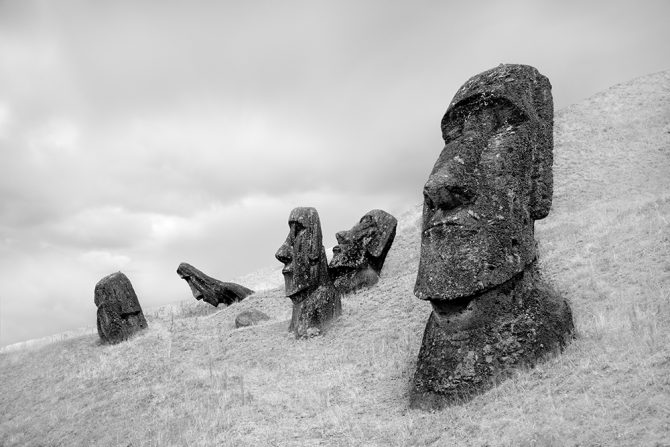
The Moai of Rano Raraku

Standing Moai
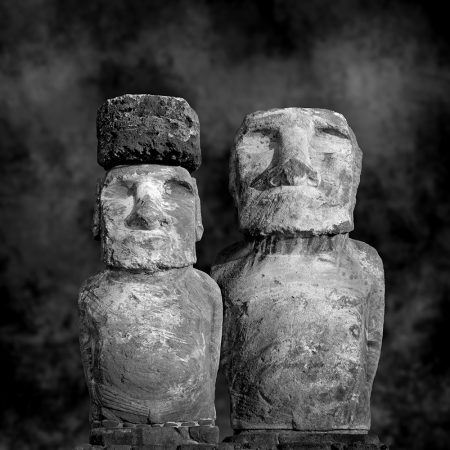
Moai, Sitting for Portrait
The portfolio I am most proud of is the “Moai, Sitting for Portrait” and how it came about. Here is my artist statement:
In January of 2015 I spent two weeks photographing the Moai of Easter Island. This fulfilled a lifelong dream, one that started when I was 17 and read the book “Aku Aku” by Thor Heyerdahl. I became fascinated with the Moai and they have been on my mind and influenced my art for these many years.
As I traveled to Easter Island and tried to imagine what I would encounter, something interesting happened: I fell asleep and dreamt that I had invited the Moai to come and sit for a formal portrait.
When I awoke I thought “why not?”
I knew there would be challenges: the Moai are reserved, aloof and almost unapproachable. They had suffered greatly at the hands of outsiders and the question was: would they come to trust me?
Distance was the first hurdle to be overcome: the island is small by automobile standards, but when we are talking about the Moai who walk everywhere, traversing the island to get to my makeshift studio could be difficult. Then there was the Moai’s physical condition: many were incapacitated by war and the ravages of time and could not make the journey. And how would I accommodate the size of the Moai, with some towering 33 feet tall?
Facing these challenges and armed with nothing more than a dream and hope, I issued the invitations…but would they come?
Initially only a few came; the younger and less suspicious ones. But slowly, as word spread of their experience, others started to arrive.
Photographing the Moai created some interesting situations: one older Moai refused to allow me to photograph his face and turned his back on the camera. Another arrived with a hawk and insisted on having his portrait taken with the bird atop his head. Several Moai with bullet wounds, inflicted by outsiders, insisted that I document those scars.
And there were tense moments, as two rival Moai came together face-to-face in the studio, but which ended well when they agreed to be photographed together. And there were touching moments as old friends were reunited after years of separation.
The Moai are quiet, stoic and could even been described as “stone-faced.” And it’s true, not once was I able to photograph a Moai smiling, but instead they have a dignified poise that transcends time.
It was a lifelong dream that brought me to Easter Island and a sleeping dream that caused me to create this portfolio.
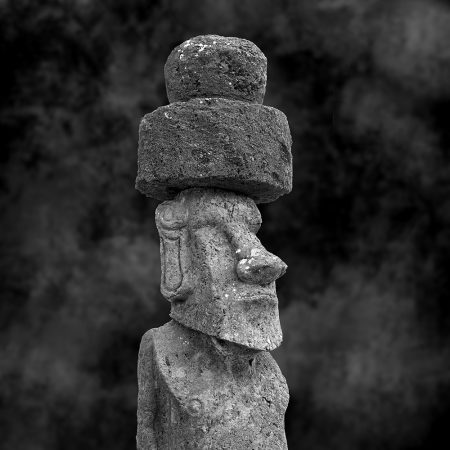
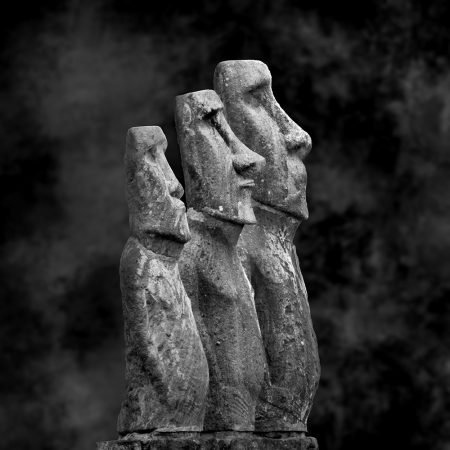

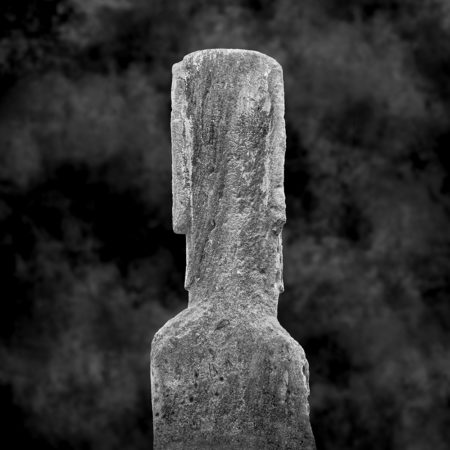
See all of the Moai portraits here
June 14, 2017
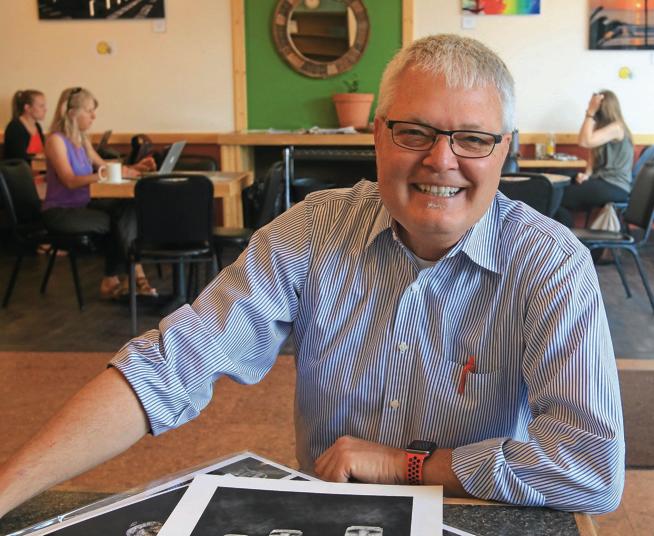
Photographer travels the world to capture black-and-white images
Cole Thompson work on display at Lincoln Gallery in June
By Kenneth Jessen
For the Reporter-Herald
POSTED: 06/14/2017 10:04:18 AM MDT
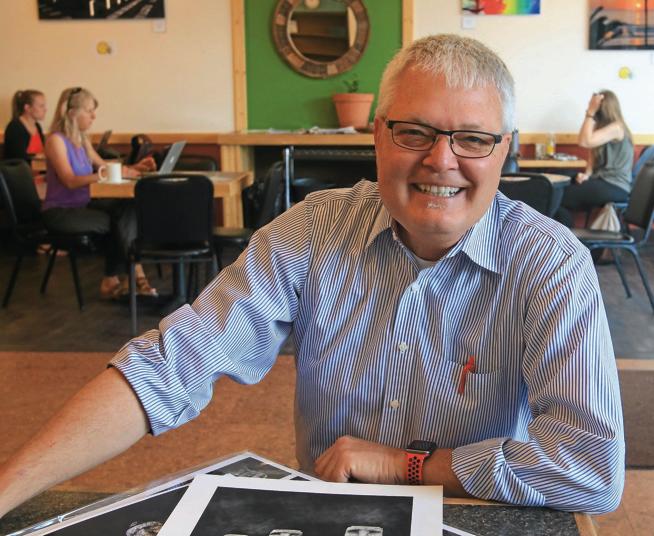
Photographer Cole Thompson enjoys the creative process. His “Moai Sitting for Portraits,” shot on Easter Island, will be on display for the month of June at the Lincoln Gallery. (KENNETH JESSEN / Loveland Reporter-Herald)
Read the full article here:
Cole
P.S. My thanks to Ken for such a nice article!
P.P.S. My special thanks for Ken for getting me to smile, I NEVER smile in photographs!
May 18, 2017
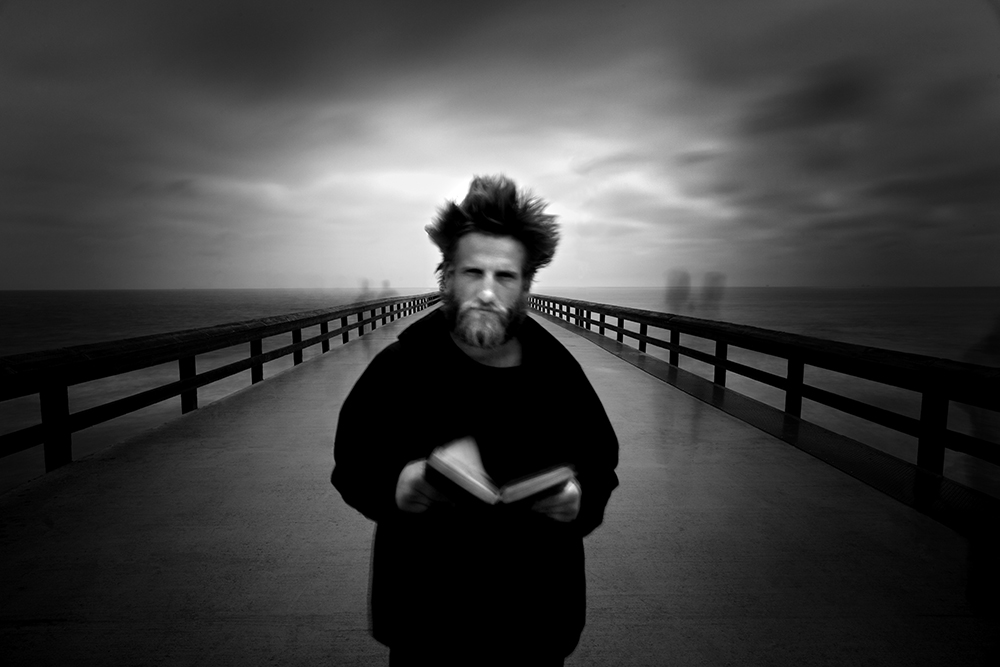
May 3, 2017


Over the last couple of weeks I have had the pleasure to speak with Dasha from Alter-View.
The result is this interview:
https://www.alter-view.com/magazine/photography-showcase-cole-thompson
Cole
March 11, 2017
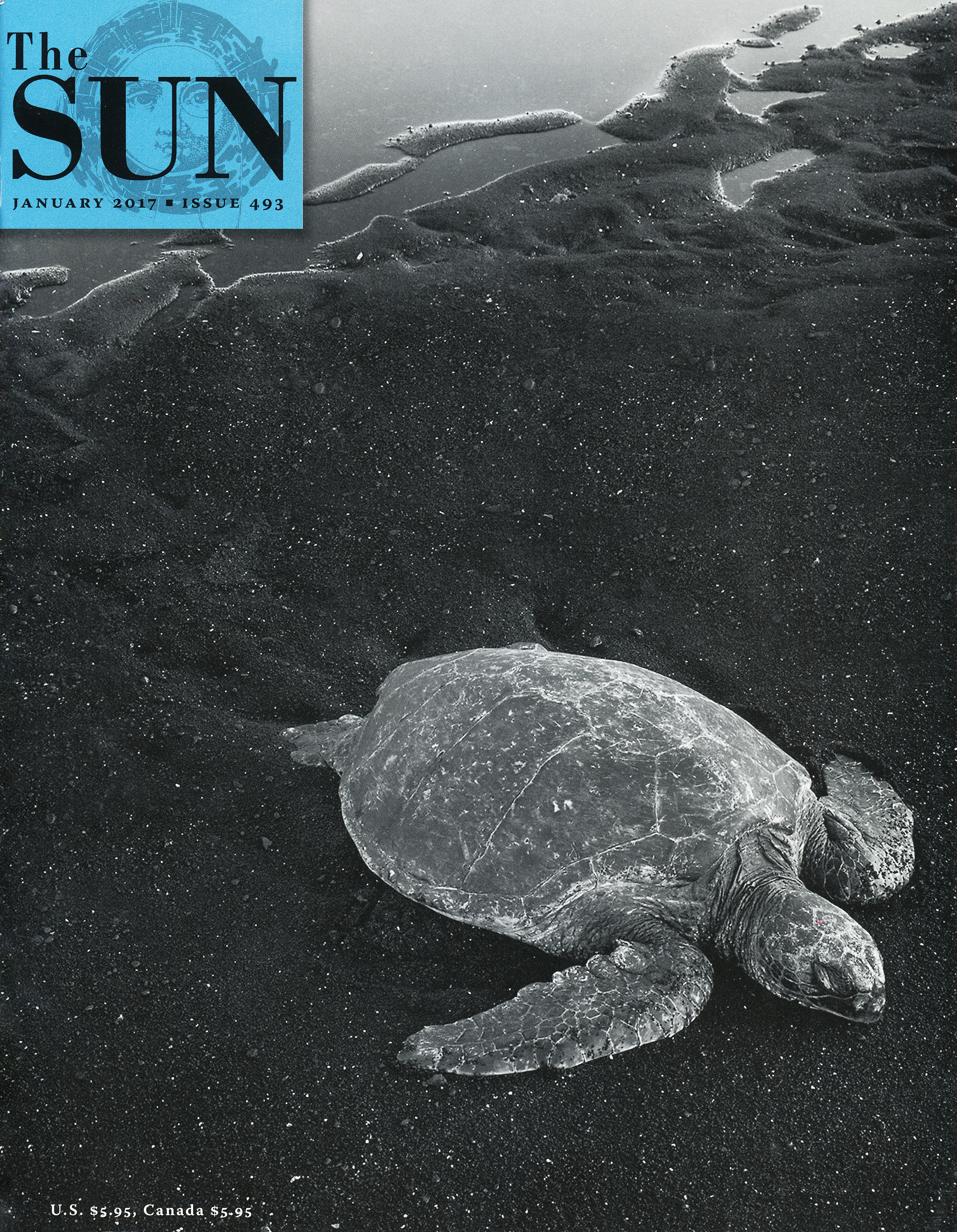
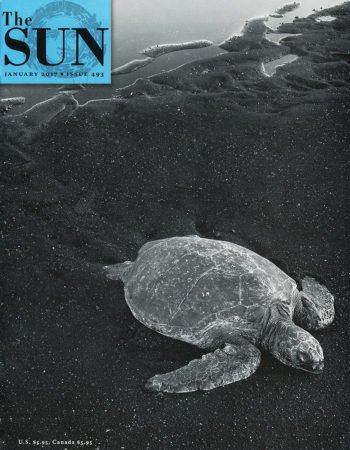

March 5, 2017
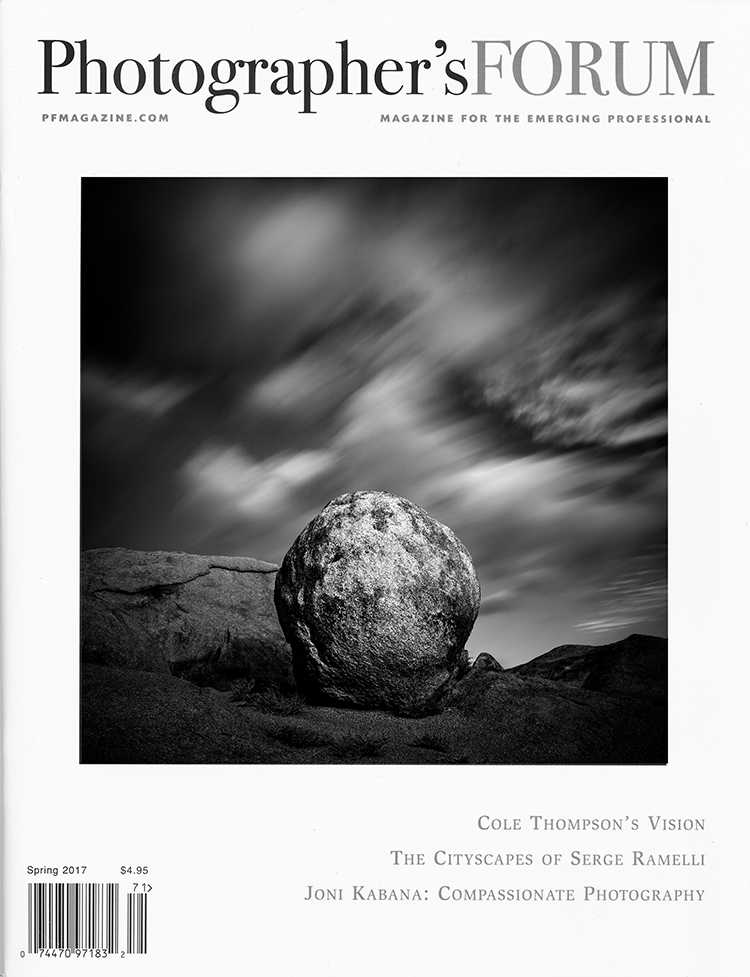
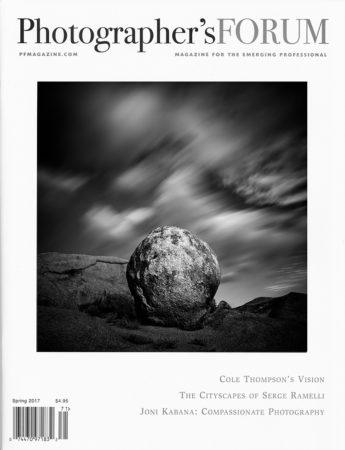

November 3, 2016
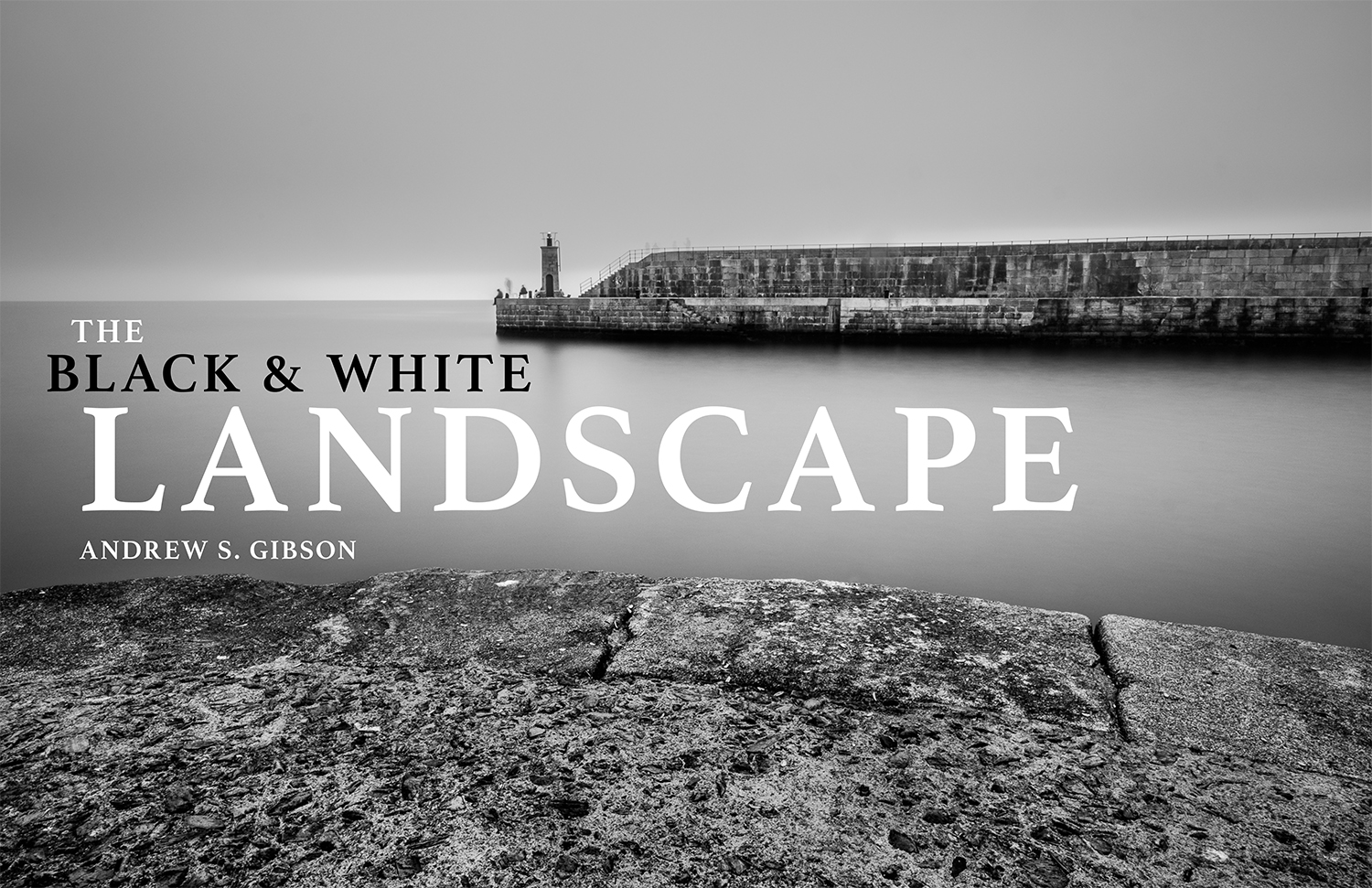

I’m proud to announce that I’ve contributed a small portion to my friends new eBook: The Black and White Landscape. Andrew Gibson has done a wonderful job of compiling relevant information and illustrating it with wonderful images…and he is selling it for a ridiculously low price. The wonders of eBook publishing!
I am self taught and learned a great deal of what I know by reading the Time-Life series on photography back in the 60’s. I wish I would have had this resource back then, Andy’s eBook is so much better, please check it out!
https://store.creative-photographer.com/collections/mastering-photography/products/the-black-white-landscape
Cole
Disclaimer: I do not earn a thing if you purchase Andy’s eBook. I’m mentioning it because I’m featured in it, Andy’s a friend and because I think that it’s a great guide to b&w landscape photography.
May 22, 2016
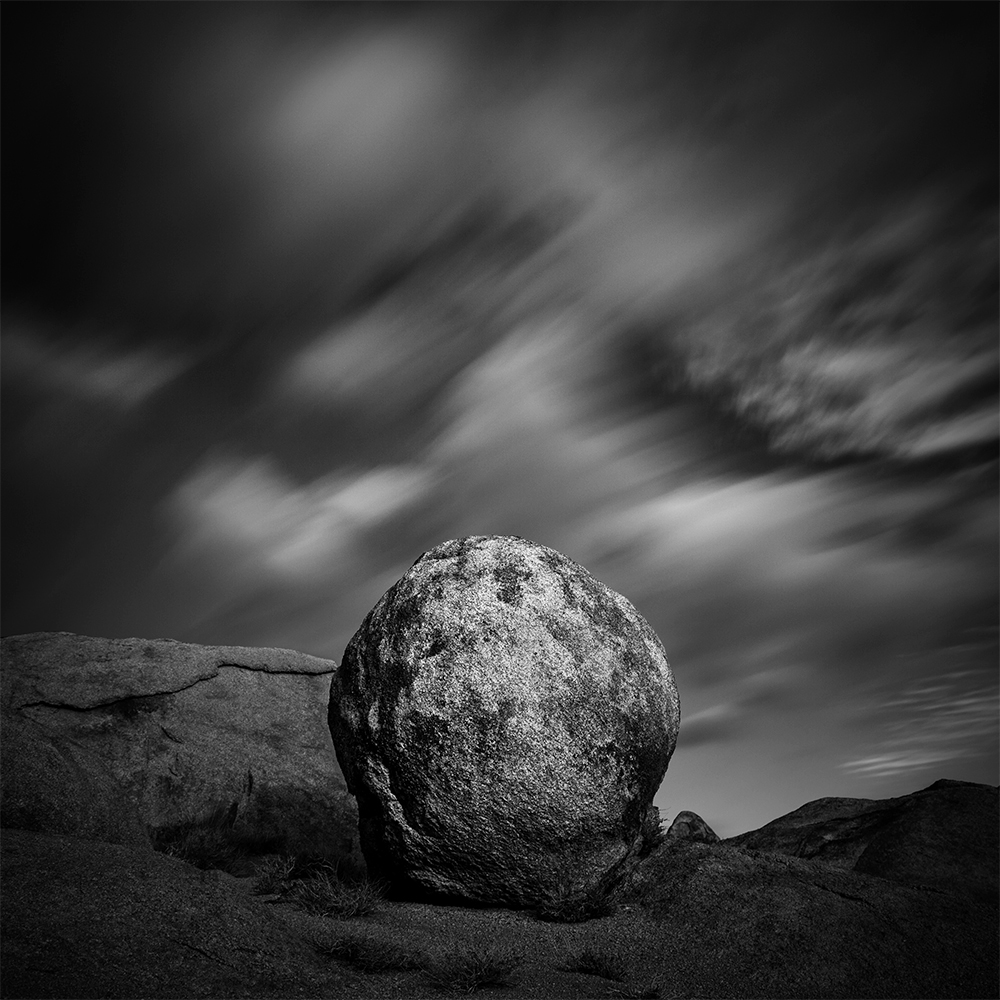
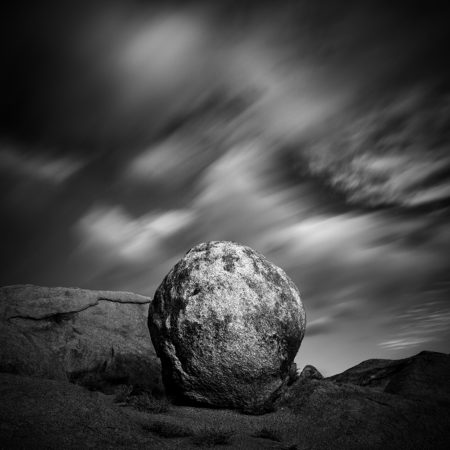
Terra Quantum (https://terra-quantum.net) is a very interesting website. It displays and categorizes landscape images based on geographic location. Choose a country and then explore by location.
It is their 1 year anniversary and you can see the work of 12 featured photographers here: https://www.facebook.com/terraquantum.net/
And they recently interviewed me: https://terra-quantum.net/news/29/
Cole
May 4, 2016
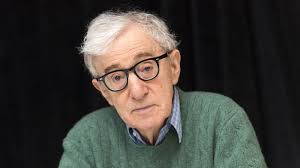

These are some interesting excerpts from a Woody Allen interview featured in The Hollywood Reporter
Do you read about yourself in the tabloids?
I never, ever, ever read anything about myself. Not my interviews, not stories about me. I never, ever read any criticism of my films. I scrupulously have avoided any self-preoccupation. When I first started, that was not the case. [But now I] just pay attention to the work and don’t read about how great I am or what a fool I am.
The enjoyment has got to come from doing the project. It’s fun to get up in the morning and have your script in front of you and to meet with your scenic designer and your cinematographer, to get out on the set and work with these charming men and beautiful women and put in this Cole Porter music and great costumes.
When that’s over, and you’ve made your best movie, move on. I never look at the movie again — I never read anything about it again.
Have you ever watched any of your own movies again?
No. Never seen them again. I made Take the Money and Run in 1968 or so; I’ve never seen it again. Never seen any of them.
Of your films, is there any one that you would erase if you could?
Of mine? Well, I would erase all but a few. (Laughs.) There’s probably six or eight of my films that I would keep, and you could have all the rest.
